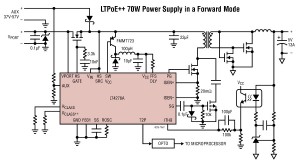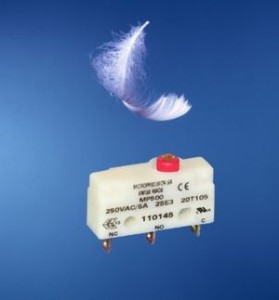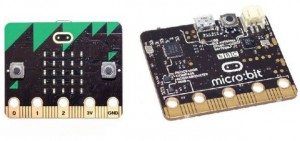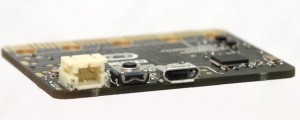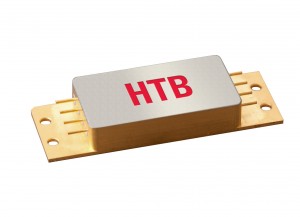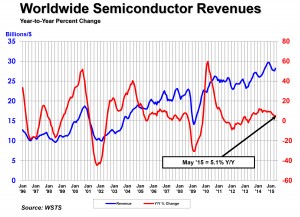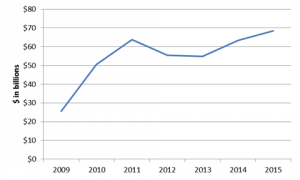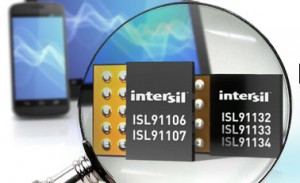Linear Technology has introduced the LT4276 LTPoE++, PoE+ and PoE-compliant powered device (PD) interface controllers for applications requiring 2W to 90W of delivered power.
The LT4276 integrates a PD controller and an isolated switching regulator controller, capable of synchronous operation in both forward and flyback topologies with auxiliary power support. This integration simplifies front end PD designs by reducing component count and board space, allowing the LT4276A (LTPoE++), LT4276B (PoE+) and LT4276C (PoE) to efficiently deliver power to PD loads using just one IC.
LTC’s LTPoE++ standard extends support for today’s class of very high power applications, such as picocell base stations, signage and heated outdoor security cameras, by expanding the power budget to four new power levels (38.7W, 52.7W, 70W and 90W).
Unlike traditional PD controllers that integrate the power MOSFET, the LT4276 controls an external MOSFET to drastically reduce overall PD heat dissipation and maximize power efficiency, especially important at higher power levels. This novel approach allows users to size the MOSFET to their application’s specific heating and efficiency requirements, enabling the use of MOSFETs with as low as 30mΩ RDS(ON) where necessary. A 100V rated input voltage means the LT4276 easily survives and protects PDs from the most common Ethernet line surges.
The LT4276 is offered in industrial and extended temperature grades, supporting operating temperature ranges from -40°C to 85°C and -40°C to 125°C, respectively, and is available in small RoHS-compliant 28-lead 4mm x 5mm QFN packages. The LT4276 is priced starting at $2.25 each in 1,000-piece quantities and is available in production quantities. The LT4276 provides an upgrade path from Linear Technology’s existing PD products, including the LT4275 LTPoE++ PD controller, and seamlessly connects to any of Linear Technology’s latest PSE controllers, including the single-port LTC4274, 4-port LTC4266, 8-port LTC4290/71 chipset and 12-port LTC4270/71 chipset.
LTC writes:
The LT4276 is a pin-for-pin compatible family of IEEE 802.3 and LTPoE++ Powered Device (PD) controllers. It includes an isolated switching regulator controller capable of synchronous operation in both forward and flyback topologies with auxiliary power support.
The LT4276A employs the LTPoE++ classification scheme, receiving 38.7W, 52.7W, 70W or 90W of power at the PD RJ45 connector, and is backwards compatible with IEEE 802.3. The LT4276B is a fully 802.3at compliant, 25.5W Type 2 (PoE+) PD. The LT4276C is a fully 802.3af compliant, 13W Type 1 (PoE) PD.

